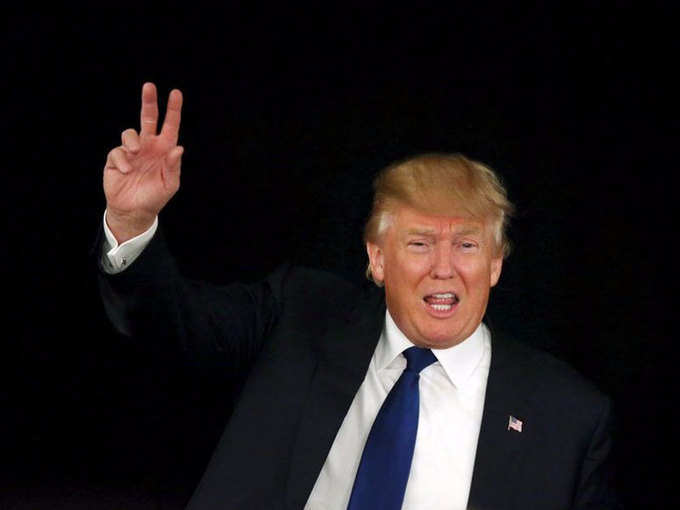 The
The Hence, the
It is much similar to Modi’s 2014 election strategy to focus on the Hindu majority and position opponents as saviours of the minority. But which group has the numbers? Clearly the majority, and by using sensational comments like “building a wall”, Trump effectively tugged at the heartstrings of a very large and highly dissatisfied community.
There followed a slew of promises; to be the “greatest ‘jobs’ President that God ever created”, rein the ISIS, cancel trade treaties and many more; in less than 100 days! To the vulnerable, his promises were much like the allure of winning a million dollar lottery, quite irresistible.
Hillary, on the other hand, was the more experienced of the two and had a clear appreciation of realistic policies. The elite and educated of New York, California and Massachusetts spoke her language, understood her polices and voted for her. However, to the rural American, looking for change, the pragmatic and less-sensational Hillary came across as an ineffective, boring office-seeker.
During one of her campaigns, she called Trump’s lowering of taxes as “Trumped up, trickle down” policies. The middle class voters didn’t understand that if the rich pay less, the burden to foot the bill would fall on them. She needed to communicate this more effectively.
Some more takeaways from these elections;-
1. Understand your target group (the largest demographic segment) and speak in their currency.
2. Think of a few clear policies (in business, we call them USPs) and talk about them repeatedly in a clear language. These policies have to cover the main areas that voters (consumers) are going to decide on. Hillary intended to raise minimum wage which was very pertinent. But she didn’t make it a cornerstone of her pitch and paid the price for it.
3. When old scandals resurface, it is critical to offer some explanation for it that goes beyond a mere apology. Band-Aid solutions don’t work.
4. Don’t distract your audience with noise. Former President Obama, Michelle Obama, popstars and celebrities may have been crowd pullers, but in reality they just stole the limelight from the core messages that voters would vote on. This applies to marketing of products too when companies needlessly use celebrities that take away from the core USP.
5. Despite working in public policy for nearly 30 years, Clinton failed to communicate any major achievement. Trump kept bragging about his business success, thereby inspiring confidence and positioning himself as a smart, effective leader. She could learn a lesson or two on personal branding from him.
My view, in short, is that perhaps the better candidate -- in terms of experience and knowledge -- lost because of poor marketing. As the head of a business school, I invariably look for parallels in business. I wonder, what if our ‘neuromarketing’ and ‘big data’ team has been her consultants! Would her the election results have been any different!
So many marketing campaigns that we see these days are not sharp, nor cutting-edge; and merely work to bleed budgets. New technologies like Big Data, Neuro Marketing and Simulations can substantially improve and predict decision-making.
It also reflects the serious limitations of market research. Every poll indicated a clear victory for Clinton. Steve Jobs has famously stated that consumers don’t know what they need. The election results have highlighted that it is not logic, but hope and aspiration that are the real drivers.
(About the Author: This article is authored by Nitish Jain, President, SP Jain School of Global Management)